Key Highlights
- China controls 60–70% global REM production; India holds ~6 million tonnes reserves but lacks processing scale.
- India’s Critical Minerals Strategy, KABIL, Deep Ocean Mission, and Quad initiatives anchor national response.
- US, EU, Australia, and Japan are aggressively diversifying supply chains and advancing recycling.
- Environmental costs of REM mining are high—India pushes for urban mining and green extraction.
- Supply risks are also geopolitical: maritime routes, tech wars, and export controls shape the landscape.
Introduction
China’s 2025 export restrictions on rare earth magnets have sent tremors across Indian industry, starkly exposing supply chain vulnerabilities in sectors ranging from electric vehicles to defense manufacturing. With China controlling approximately 60–70% of global rare earth production (USGS 2023) and about 85–90% of global processing capacity, India relies heavily on imports for critical minerals—highlighting the urgent need for strategic autonomy. The issue sits at the confluence of resource security, economic development, environmental stewardship, and international relations, compelling robust, multi-dimensional policy response.
Rare Earths in the Geo-economic and Security Arena
Global Distribution and Dependence
- Global reserves (2023): About 130 million tonnes. China (44 million tonnes, ~37%), Vietnam and Brazil (~21 million tonnes each), Russia (12 million tonnes), India (~6 million tonnes, ~5%)[USGS 2023]. padhai.ai
- Production (2023): ~280,000 tonnes globally. China: 70%; the US (~14%), Australia (~9%), Myanmar (%), and others form the rest.
- Trade: China supplies nearly 60–70% of global REMs directly but processes much of the world’s REM ore for third countries. India imports 93% of its permanent magnets from China, while Japan and the US are also heavily dependent.
- The US, EU, and Japan have prioritized rare earth supply security; Australia is the largest producer outside China, actively developing new mines (e.g., Lynas Rare Earths Ltd).
- EU’s Critical Raw Materials Act (2023) and US Inflation Reduction Act (2022) both mandate non-Chinese sourcing and incentivize domestic or allied supply chains for green tech.
The Strategic Importance of Rare Earth Minerals
Critical Applications Across Sectors
Rare earth elements serve as the backbone of modern technological civilization. These 17 elements are essential for defense systems, renewable energy technologies, EV batteries, and the digital economy. From neodymium in wind turbine generators to dysprosium in electric vehicle motors, REMs are irreplaceable inputs for India’s technological transformation.
The defense sector particularly highlights this criticality. Modern military systems—from precision-guided munitions to radar systems—depend heavily on rare earth-based components. China’s control over 70% of global REE production and nearly 90% of processing capabilities creates significant strategic vulnerabilities for India’s defense preparedness.
Economic Implications
The economic stakes are equally substantial. India’s permanent magnet imports almost doubled in 2024-25, reaching 57,000 tonnes from 28,700 tonnes previously, with 93% originating from China. This import surge occurred even before China’s April 2025 export restrictions, highlighting the depth of India’s dependency. policycircle
Current industry estimates suggest that existing stocks may last only 2-3 weeks, creating immediate production disruptions across automotive, electronics, and clean energy sectors. Major carmakers including Maruti Suzuki and JSW MG Motor India are already experiencing delays in raw material supplies.
Rising Weaponization and Chokepoint Risks
Rare earths have become a powerful lever in the China–US tech war. China’s past embargoes on Japan (2010), curbs on exports to the US and EU, and 2025’s licensing on seven REMs reflect their use as a geo-economic weapon. These moves threaten global technology, defense, and green energy transitions. graphyonline
Defense Dependence: The Pentagon estimates that F-35 jets, missiles, precision weapons, and sonar systems all depend on rare earth components, many sourced from or processed in China.
Maritime Risks: The South China Sea accounts for significant REM shipping route—regional tension or blockade could disrupt flows to India, Japan, and the West.
India’s Vulnerabilities and Challenges
Limited Processing Capacity
While India possesses significant rare earth reserves, the country lacks adequate processing and refining capabilities. The mismatch between domestic reserves and value-added output highlights critical infrastructure gaps. India’s actual monazite production is limited to approximately 4,000 tonnes annually despite processing capacity of 10,000 tonnes, primarily due to environmental clearances and policy constraints.
Environmental Concerns
Rare earth mining presents substantial environmental challenges. Approximately 13 kg of toxic dust is produced per tonne of REE, along with 10,000 m³ of waste gases and 75 m³ of wastewater. Monazite ores contain thorium (6-12%) and uranium, making them radioactive and requiring specialized processing facilities.
National Green Tribunal (NGT) has imposed blanket bans on illegal mining and export of beach sand minerals, reflecting the tension between resource extraction and environmental protection. These regulatory constraints, while necessary for sustainability, limit India’s domestic production capabilities.
Technological Gaps
India faces significant technological deficits in rare earth separation and processing. China’s dominance stems not just from mineral reserves but from decades of investment in separation technologies and industrial infrastructure. Building comparable capabilities requires substantial time and capital investments.
India’s Strategic Responses and Policy Initiatives
India’s Policy Frameworks
- Draft Critical Minerals Strategy (2023): Lays out a roadmap for securing 30+ critical minerals, enhancing domestic exploration, and supporting international partnerships.
- National Mineral Policy (2019): Focuses on transparent allocation, sustainability, and R&D for strategic minerals.
- Atmanirbhar Bharat: Seeks self-reliance through indigenization of key technologies, incentives for sectoral manufacturing, and import substitution (including critical minerals).
Institutional and International Moves
- KABIL (Khanij Bidesh India Ltd.) spearheads India’s overseas acquisitions, with footprints in Argentina (lithium), Australia (joint investments), and Chile (brine contracts). The National Critical Minerals Mission accelerates private participation and R&D.
- Deep Ocean Mission: India, with exclusive rights over 75,000 sq. km on the central Indian Ocean seabed, now seeks cobalt, nickel, and REMs in polymetallic nodules.
Bilateral/multilateral actions:
- Quad Critical and Emerging Technology Working Group coordinates on supply chain transparency, mining standards, and recycling. The IEA Critical Minerals Market Review 2024 calls India a key demand center and partner.
- India–Australia Critical Minerals Investment Partnership: ~$600 million pledged for lithium, cobalt, and rare earth supply.
- India–Japan rare earth collaboration has helped diversify sources post-2010 and add value via joint R&D.
- G20 and G7’s focus on mineral supply chain resilience features India as a strategic partner.
Environmental and Sustainability Imperatives
Rare earth mining is not green: Mining and processing can generate toxic dust, radioactive thorium/uranium, acidic wastewater, and heavy metal pollution that threaten local ecology and public health. For every tonne of rare earth production, about 13 kg of toxic dust, 9,600–12,000 m³ of waste gas, and 75 m³ of acidic water are created.
India’s concerns have led to:
- NGT bans on illegal sand mining,
- stricter environmental clearances for monazite-bearing ilmenite, and
- a shift to deep sea and recycling initiatives for reducing terrestrial extraction harm.
Circular economy focus: The National Critical Minerals Mission and Atmanirbhar Bharat stress extracting REMs from e-waste, industrial byproducts (red mud, fly ash), battery recycling, and end-of-life vehicles. Companies like JSW and Tata are piloting such extraction.
Globally, the US and EU now mandate REM recycling content in green technologies, while Japan leads in urban mining for spent electronics.
Analysis and Sectoral Impact
Economic and Technology Stakes
Up to $1 trillion in global clean energy investments by 2030 depend on uninterrupted REM supply. India’s PLI schemes for electronics, EVs, and renewables hinge on stable input flows.
Defense and Space: ISRO, DRDO, and defense PSUs increasingly require guaranteed REM availability for precision guidance, lasers, and communication systems, making India’s reliance on Chinese processing a major risk.
Global Diversification—How Are Others Responding?
- US: Investing $800 million in processing/recycling; new mines in California and Texas, and diplomatic push for allied partnerships.
- Australia: Lynas, Iluka Resources expanding; aiming for 20% of global REM output by 2030.
- Japan: Secures long-term contracts with Vietnam, Australia, and India; leads on REM recycling tech.
- EU: Sets targets for sourcing no more than 65% of strategic minerals from any one country, mainly to reduce Chinese reliance.
Way Forward
India must:
- Expand domestic value chains: Build state-of-the-art processing, separation, and recycling facilities.
- Accelerate overseas resource acquisition: Back KABIL’s investments, diversify partners (Africa, Canada, Central Asia).
- Leverage multilateral forums: Push for transparent, fair, and ecologically sound global supply regulations via Quad, G20, IEA.
- Boost R&D for green extraction: Invest in less polluting extraction, safe waste storage, and remediation.
- Strengthen monitoring of maritime routes: Secure sea lanes and invest in alternate logistics to bypass chokepoints.
Conclusion
India’s rare earth moment—shaped by China’s weaponization of supply, global green transition, and the competitive scramble for mineral security—has never been more critical. Strategic autonomy requires not just stockpiling, but building an integrated, sustainable, and diversified REM ecosystem—from seabed to circuit board and scrapyard.
How quickly and effectively India can scale domestic processing, lock in global partnerships, and build climate-safe supply chains will determine its place in the 21st century’s technology and geopolitical order.
Possible Mains Questions
- “China’s export restrictions on rare earth minerals have exposed India’s strategic vulnerabilities while creating opportunities for supply chain diversification.” Analyze India’s institutional responses and suggest comprehensive strategies for achieving rare earth security. (250 words)
- “The geo-economic weaponization of rare earth minerals challenges traditional concepts of strategic autonomy in the digital age.” Examine how India can balance environmental concerns with critical mineral extraction for technological self-reliance. (250 words)

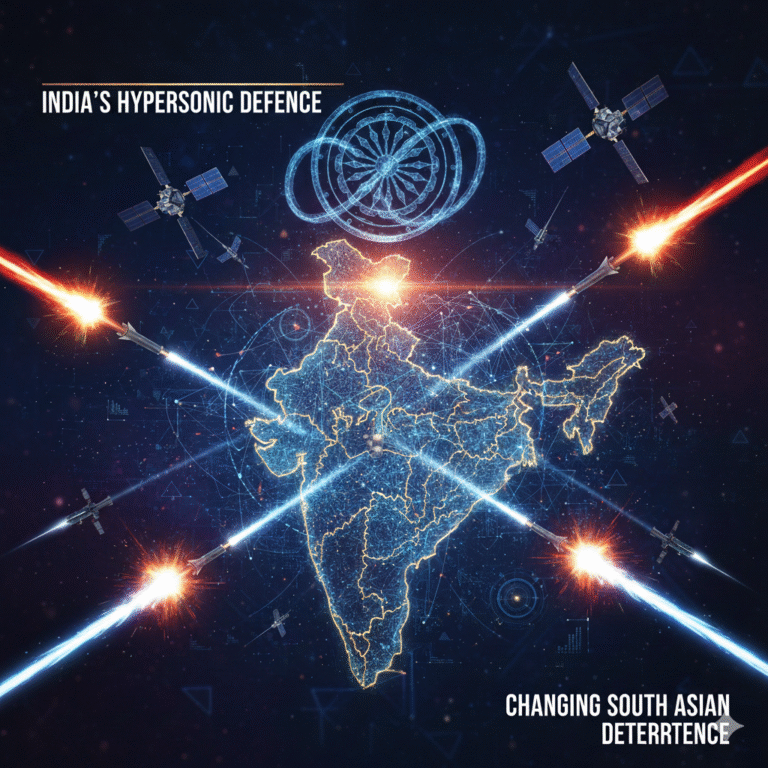
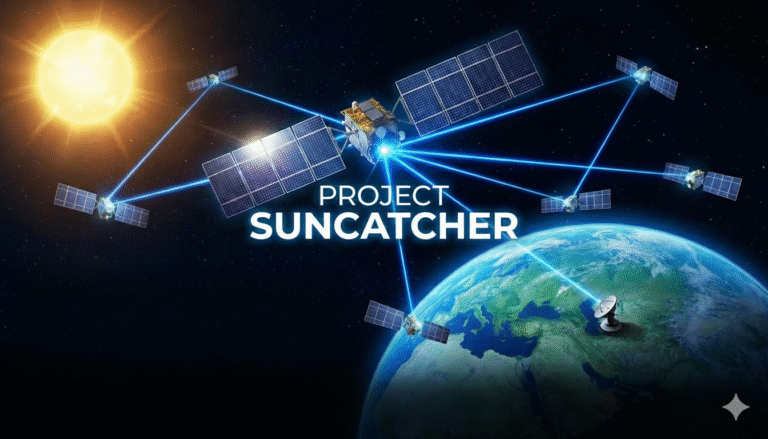
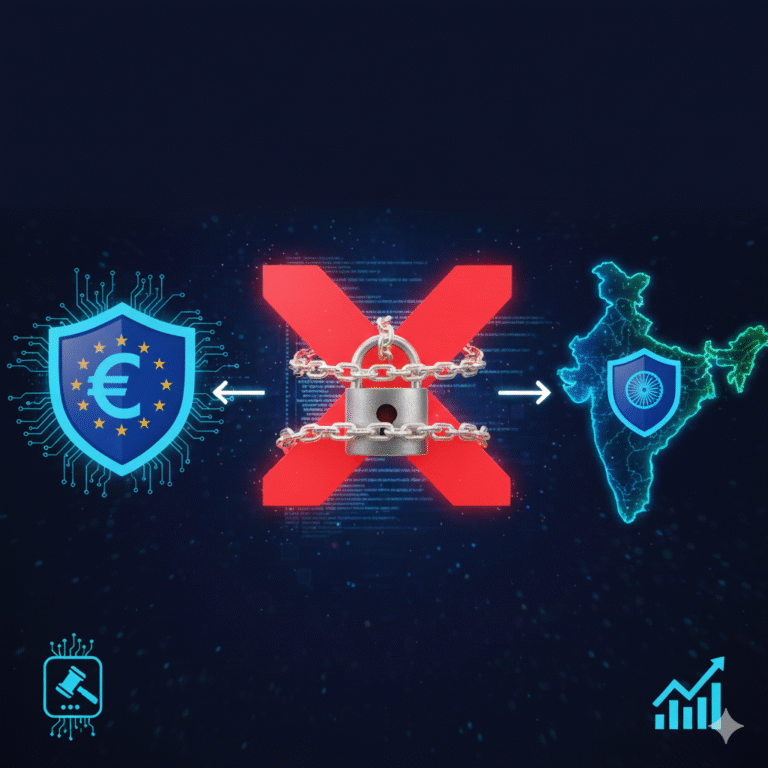

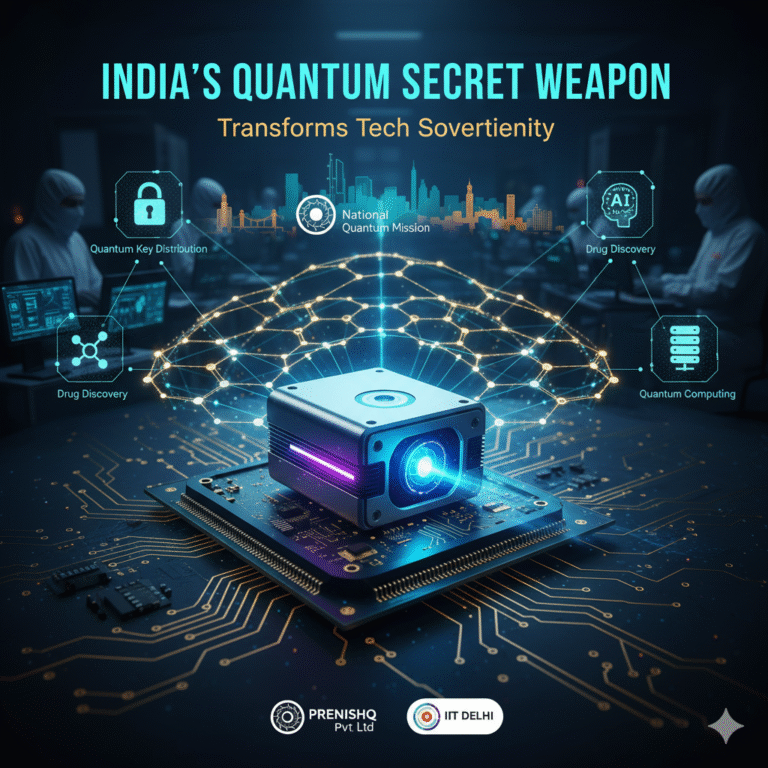

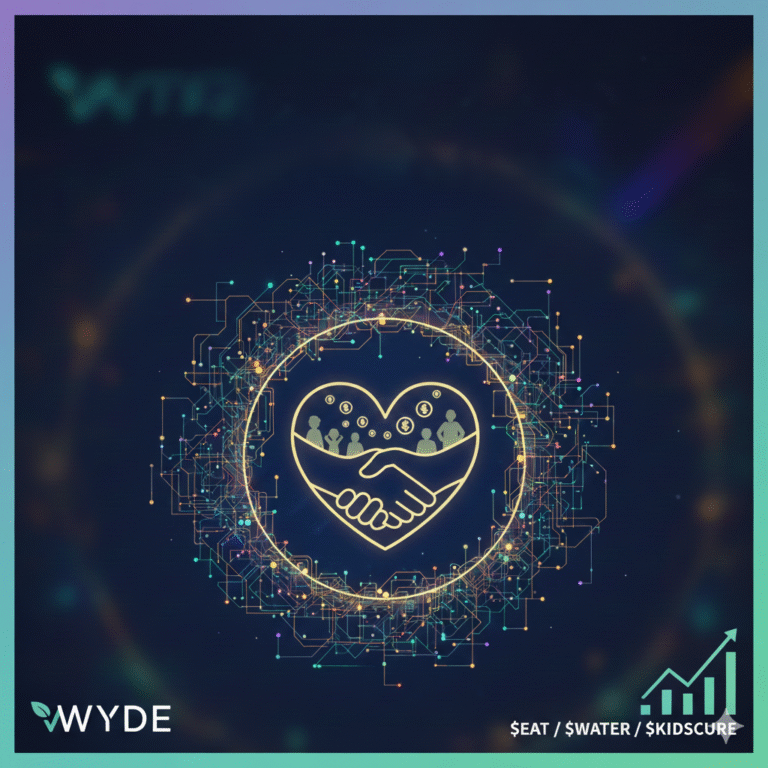


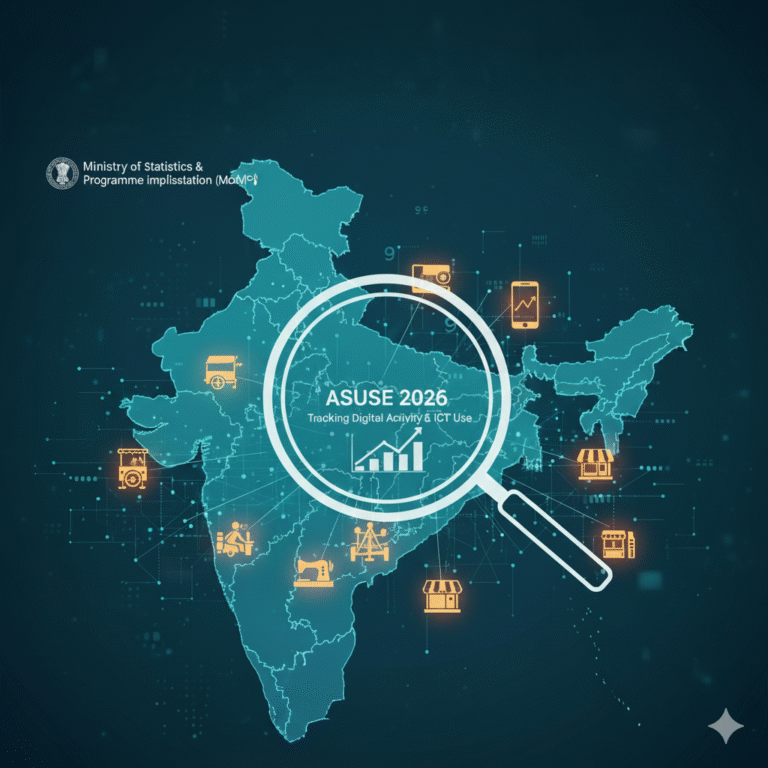
+ There are no comments
Add yours